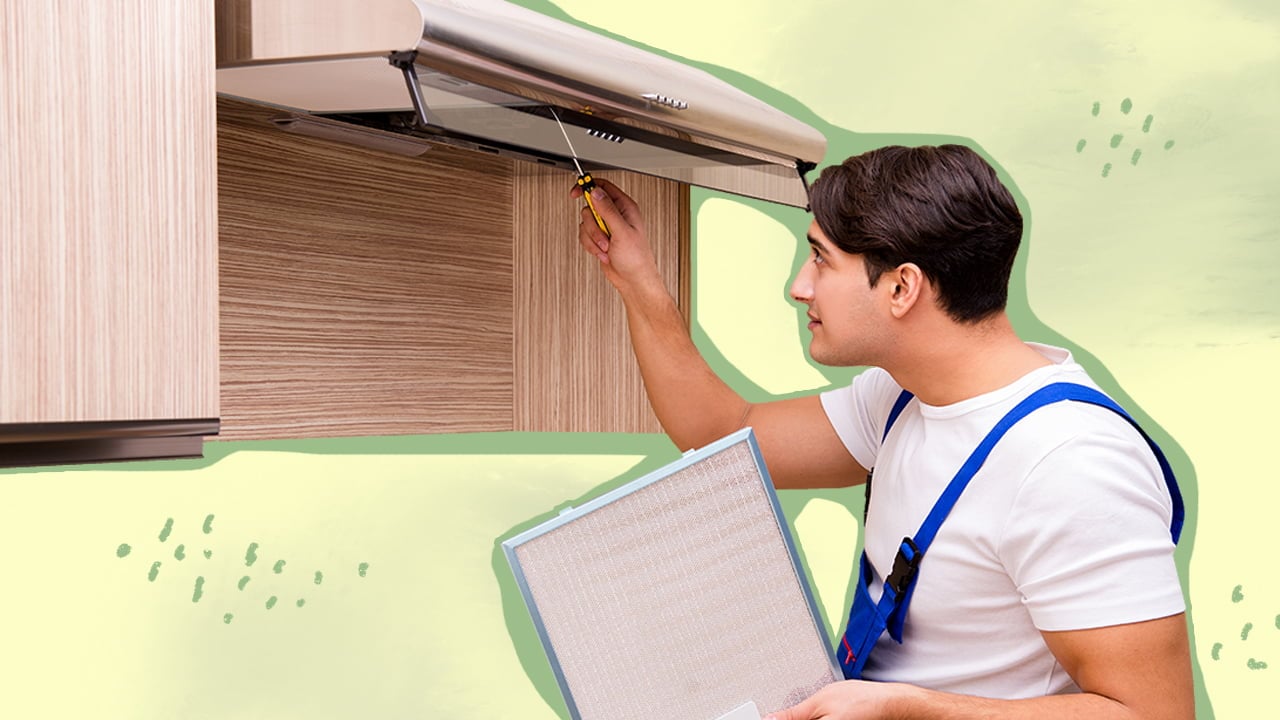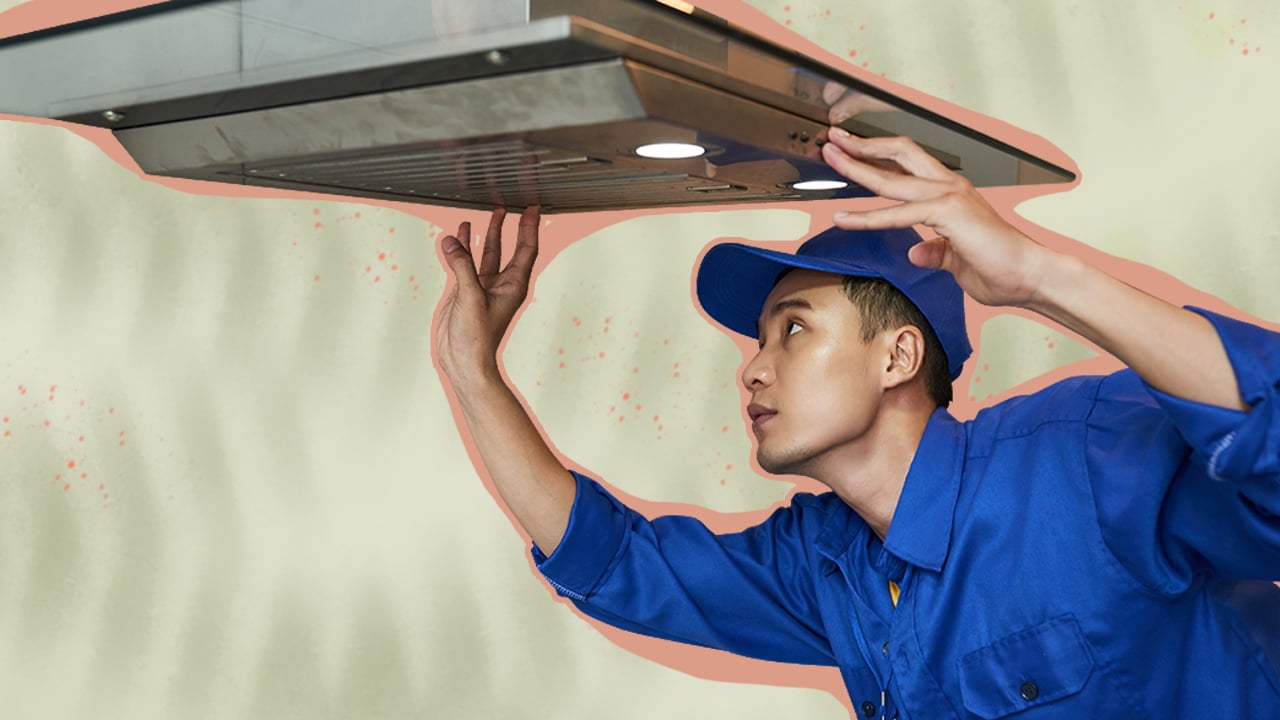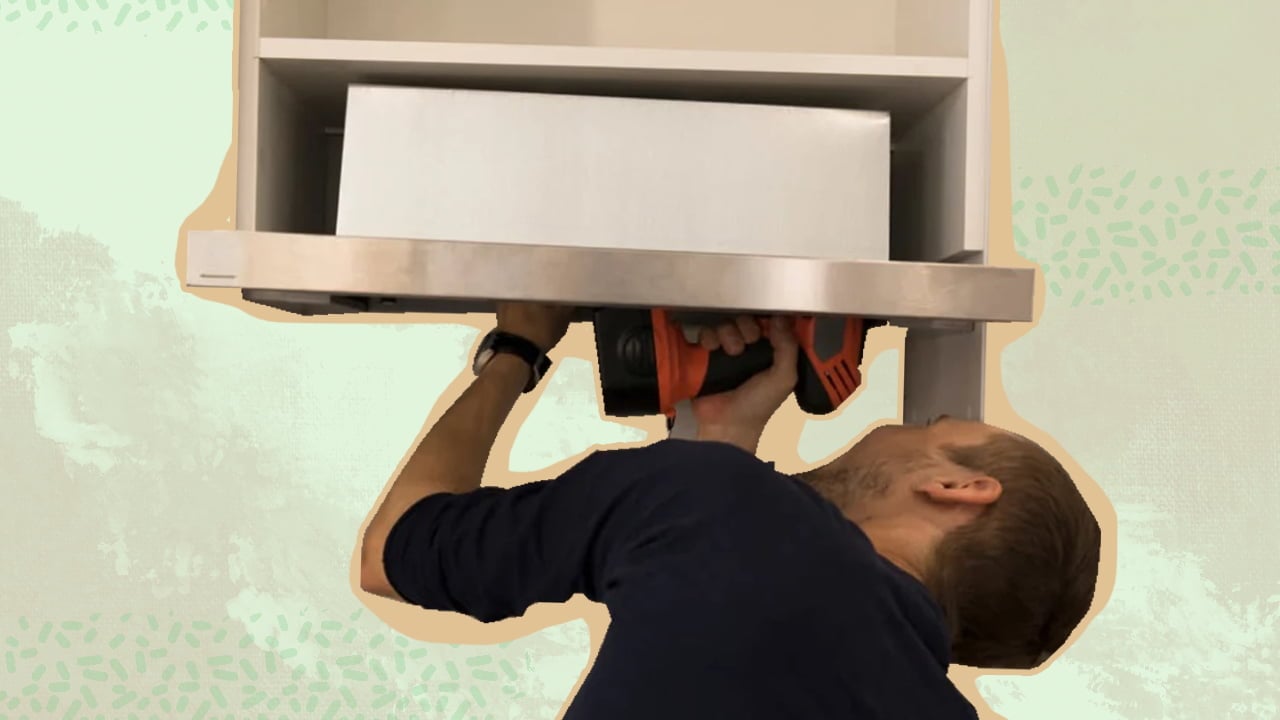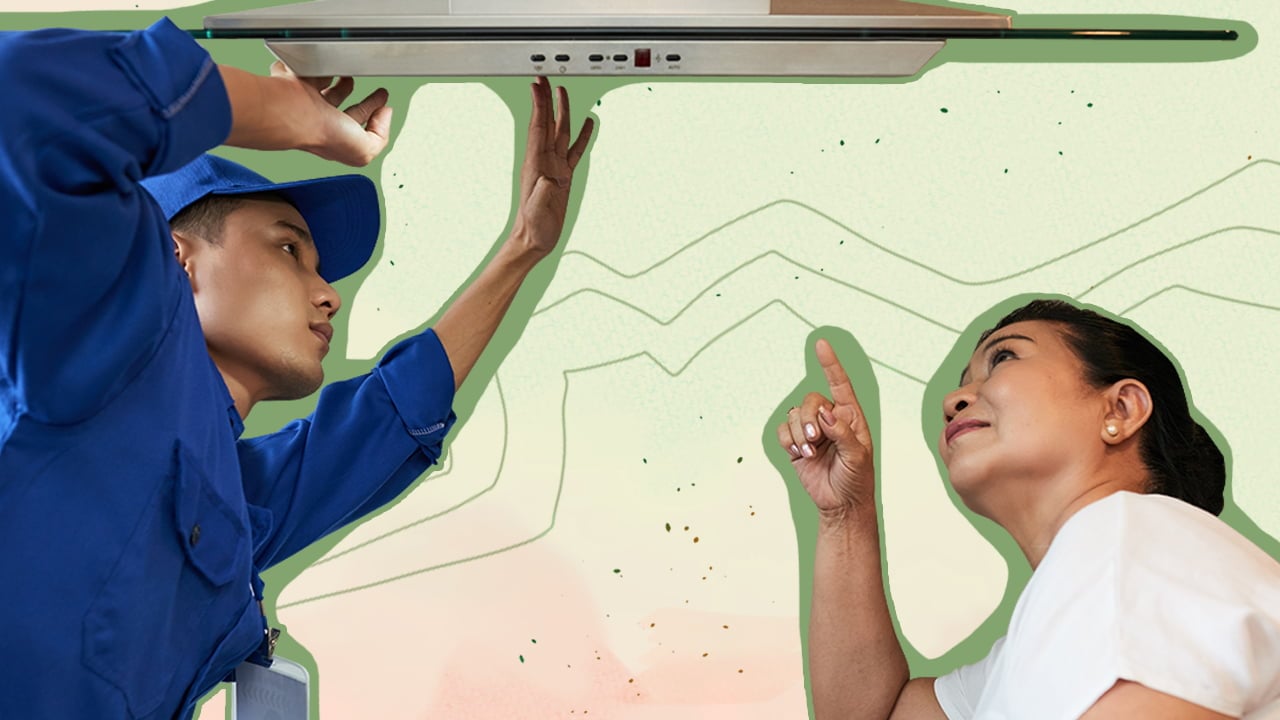How To Install A Range Hood: Step-By-Step Installation Guide
The dream of having a kitchen does not end with its design and usability; you must also consider the air quality. Something that will help us have better air circulation around the kitchen, especially during meal preparation and cooking, is a range hood. If you decide to buy one and struggle to understand how to […]

Range Hood Installation: Step-By-Step Instructions

What You’ll Need
To efficiently install a range hood, the first thing you need to do is prepare the specific materials and tools, like the following:- Caulk gun, Chisel (optional), Drill
- Drill bits, Ducting, Hammer (optional)
- Hole saw, HVAC foil/aluminum tape
- Oscillating tool, Pencil, Range hood
- Screw, Screwdriver, Tape measure
- Wall cap, Wire stripper, Wire nuts
Step 1: Take Down the Old Range Hood if There Is One
The first step involves removing the old range hood and its embedded components if your goal is to upgrade it However, if you do not have an existing range hood or you will be installing it in other parts of your kitchen, then you can skip this step and proceed with the second one.Step 2: For Safety, Shut off the Electricity
Before drilling and doing other steps to install a range hood on the wall, you must first switch off the electrical power from the breaker box. Turning the electricity off will keep you or an expert from the dangers of electrocution, especially when dealing with old or faulty electrical wiring.Step 3: Hire Electricians for the Electrical Wiring Setup if There is None
The next step you need to do is to settle the electrical lines that will run the range hood by letting an electrician set it up. However, if you have existing wirings from your old vented range hood and there are no existing problems, pull the electrical cable, separate, and remove the protective paper to prepare it for connection in the later steps. Then, you can proceed to the next step.Step 4: Measure and Mark the Vent Holes
After performing the first two steps, you must measure and mark the wall area where you will need to drill locator holes and set up the hoods. Remember that this is only applicable for a ducted range hood (which is what most range hoods are) and not for the ductless range hood. Nevertheless, you can do this by placing the round or rectangular duct at the chosen wall where you plan on mounting it and marking its diameter or area based on size.Step 5: Drill or Cut Space for the Vent
When you have gotten the exact measurements of the range hood and the vent hole, it is time to drill or cut through the wall to make space for the vent. In this process, you will need appropriate tools, such as the drill and drill bits. After preparation, follow these steps:- For circular vents, use a hole saw to drill a hole for the ductwork inside
- For rectangles and other shapes, drill a hole through the wall using drill and drill bits
- You can also use the oscillating saw or a cold chisel and hammer to perfect the hole
- Check the wall entry points of the duct (flow)
- If there are obstructions, relocate the holes in the wall
- If there are none, proceed with drilling through the exterior wall
Step 6: Install the Ductwork
The sixth step you must do is the process of installing ductwork. The duct is the pathway through which the air suctioned by range hood fans passes until it reaches the exit point. In doing this, you must first put a mounting bracket (architecture) at the exterior hole using adhesive and mounting screws. After that, proceed with these steps:- Connect the metal wall cap or duct cap with the end length of the ductwork (duct extension) using aluminum tape and screws.
- Then, install the connected ductwork into mounting brackets.
- Using mounting screws, secure the ductwork into the mounting brackets.
Step 7: Run the Electrical Wiring
After you install ductwork, it is time to connect and run the electrical wiring for your hood. Using wire nuts, connect the electrical wires in the electrical box; this means black to black wire, white wire to white fixture lead, and green grounding wire to green lead. Once all the wires are connected and in their proper places in the electrical box, cover the ductwork and electrical wire with the duct cover.Step 8: Mount the Range Hood
When the ductwork has been settled, it is time to mount the range hood into your wall. In doing this, the following actions must be performed:- Drill the mounting brackets into the wall, where the range hood will be attached based on the manufacturer’s instructions, and fix them with mounting screws
- Secure the hood on the wall with screws driven at its intended spots on the top
- Cover the rest of the ductwork installed (seams) with a duct tape
Step 9: Turn on the Power and Test the Range Hood
When you have finished the first up to the eighth steps, you can proceed with the last (and most crucial step): turn on the electric power and range hood. To check if the new appliance is working, here are the things you must watch intently:- If the hood runs when turned on (e.g., after plugging through an outlet nearby)
- If the lights are working properly
- If the vented range hoods suction air
- If the air passes swiftly out through the exterior wall exit point

Basics of Installing a Range Hood
In installing a range hood, there are essential factors that you need to consider and things you must prioritize. Well, don’t worry because we have your back! Based on our firsthand experience and knowledge of appliances, here are some of our tips that will surely make your installation smooth sailing:- Always check your local building codes before installing a new hood.
- Always remove the old hood when it is not needed or when it is where you will place the new hood.
- Choose and find range hoods based on functionality and aesthetics (i.e., your cooking needs and kitchen design). You can check out the best range hoods on the market through this article.
- Don’t forget to buy a range hood similar to the size of the space you will place it in.
- Prioritize safety when installing a range hood.
- Check your vent holes.
Range Hood Use and Maintenance Tips
After installing your kitchen hood, the best way to keep it nice and running is to use it cautiously and take good care of your range hoods. To preserve the pristine condition of your wall-mounted range hoods, as experts in the field, here are our use and maintenance tips for you:- Regularly clean the vent hood where the air passes through to prevent grease buildup, which can be a fire hazard.
- Regularly clean the exposed parts of the hood.
- Regularly clean the fan blades and air filters to prevent the accumulation of dirt and debris that can damage the range hood.
Install a Range Hood DIY Vs Hiring a Pro: Which is Better?
Nowadays, a do-it-yourself (DIY) remedy has been at the heart of most appliance installations because of the recent pandemic and the availability of online tutorials. Yet, it is still undeniable that pros in the appliances field are there for a reason. So, which is truly better, a DIY job or hiring a pro? On the one hand, you can do DIY for a range hood, especially when you know how to measure and drill holes and accurately follow the steps in this article. However, lifting heavy hoods would still require someone to help you out. Nevertheless, a DIY can help you save some money, as hiring a pro can cost between $100 and $600, depending on the specifications of your appliance. On the other hand, hiring a professional Heating, Ventilation, and Air Conditioning (HVAC) contractor will assure you of the following:- Faster installation
- Preventing electrical wiring mishaps
Range Hood Installation FAQs
Learning how to install range hoods undoubtedly sparked some questions in your mind. Do not worry because we are here to answer some of your FAQs through this section.
No, hoods do not have to be vented outside (wall, ceiling, or roof) all the time because there are ductless range hoods.
A range hood must be 20 inches to 30 inches above the heat source. Specifically, if you have an electric cooktop, ensure the range hood installation is 20 inches to 24 inches above.
On the other hand, if you use a gas stove as a cooking surface, ensure you install the range hood at least 24 inches to 30 inches above.
Remember
You can always refer to the article on how to buy a gas range for specific measures, tips, and reminders.
The hood mounted on the wall should have a 1/2-inch space from the existing cabinetry.

